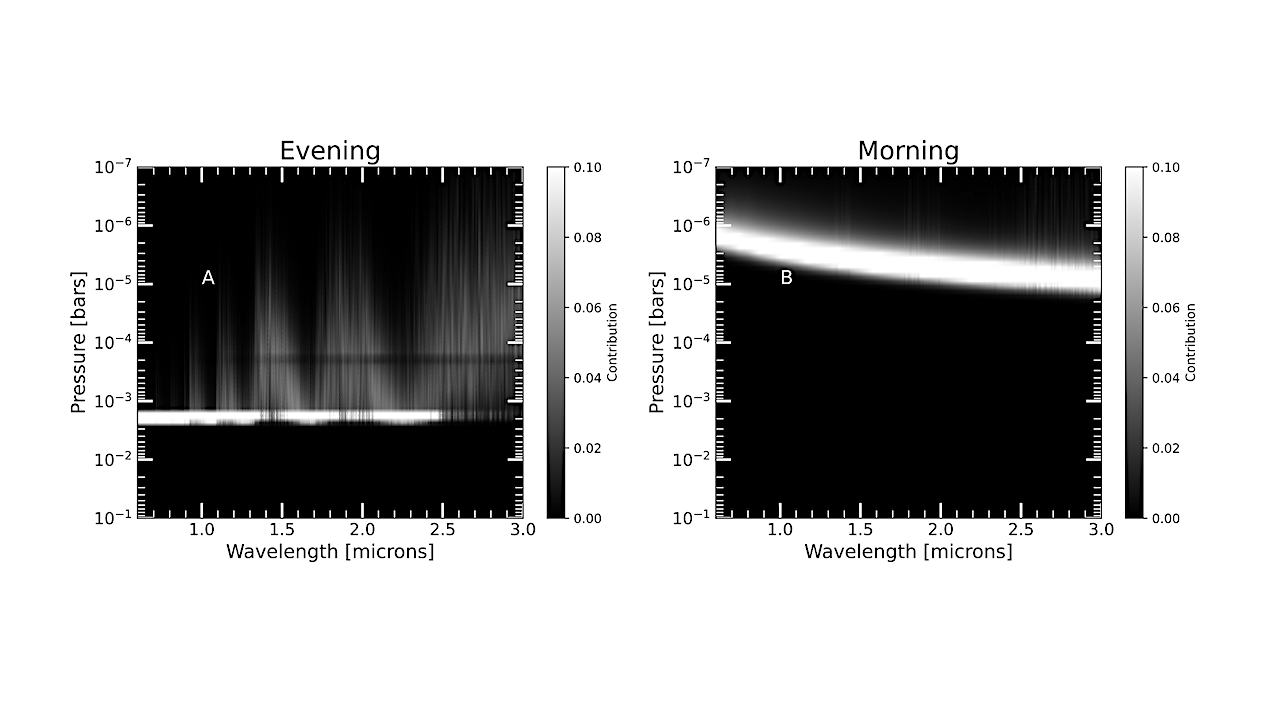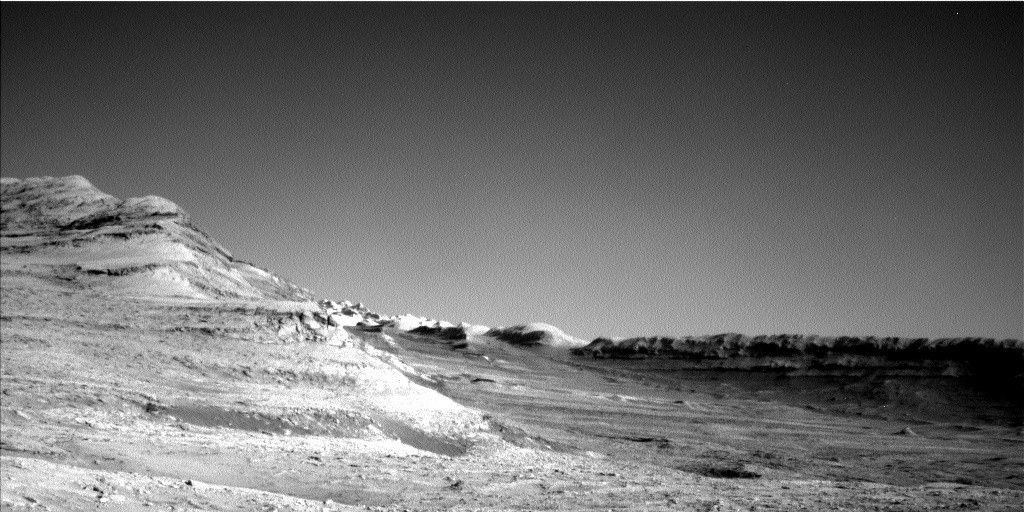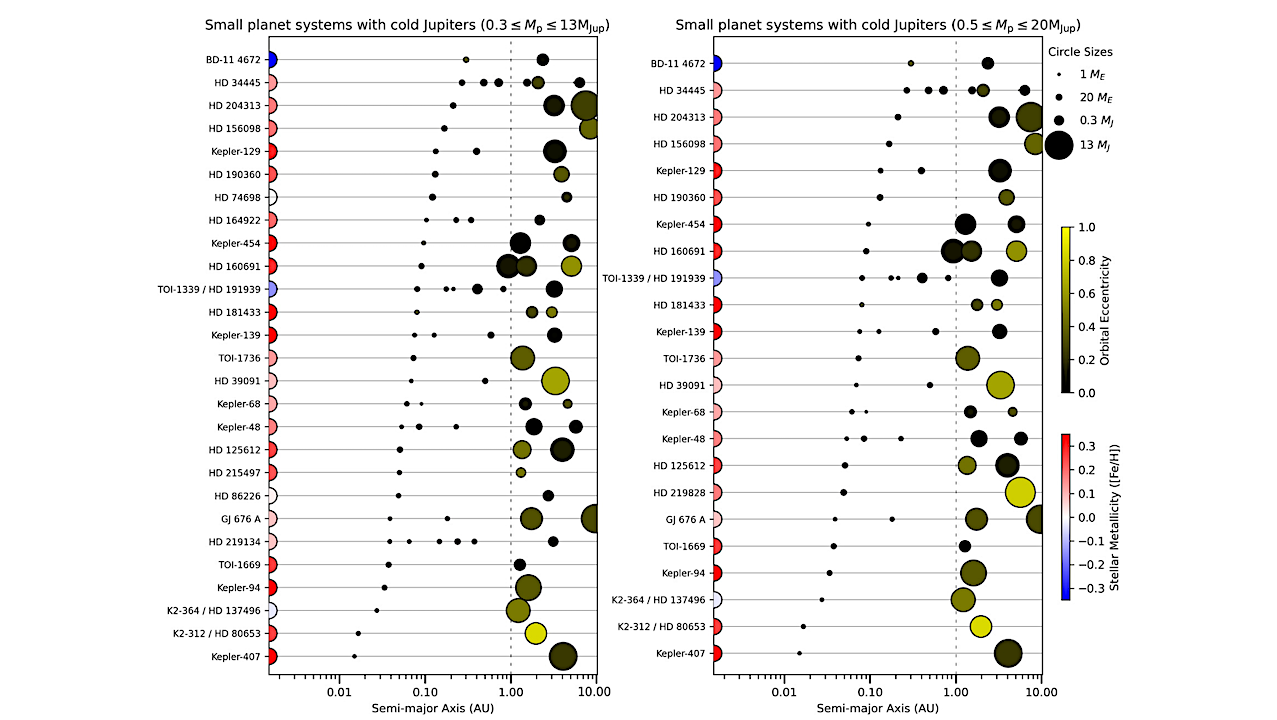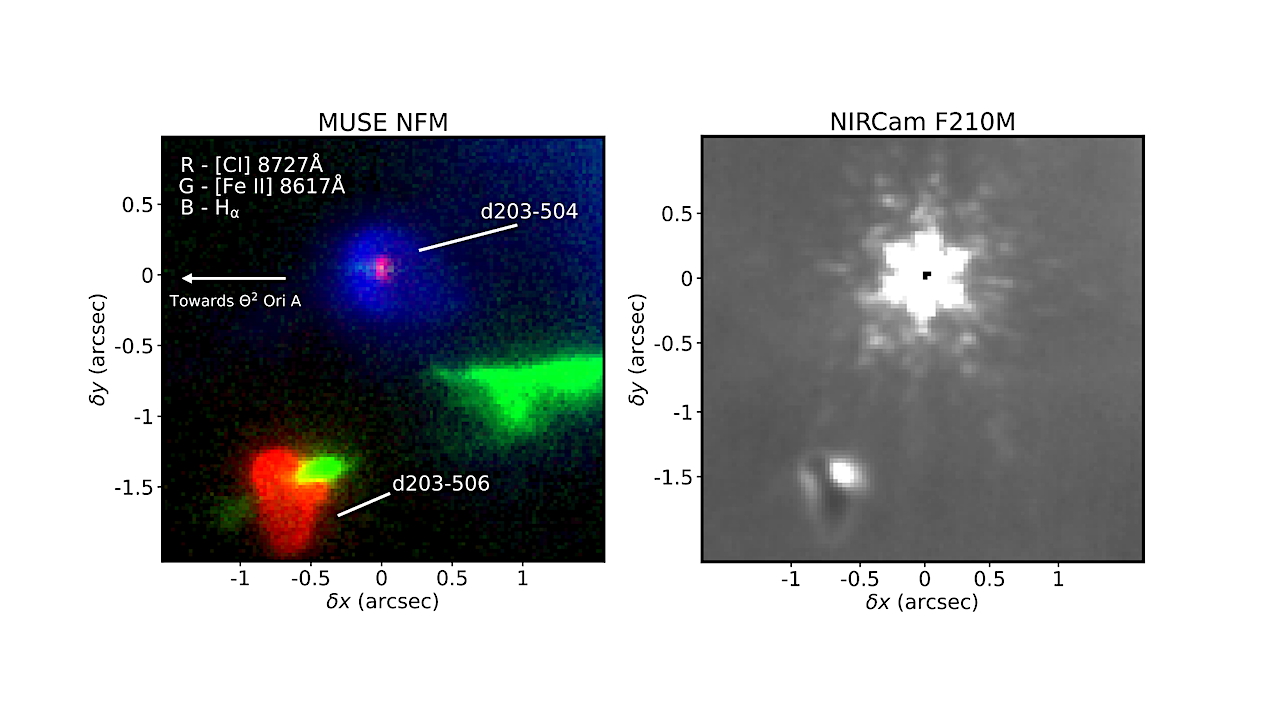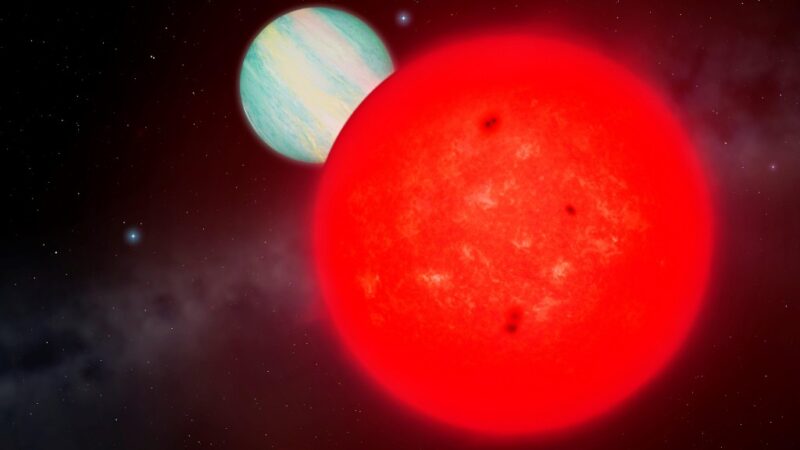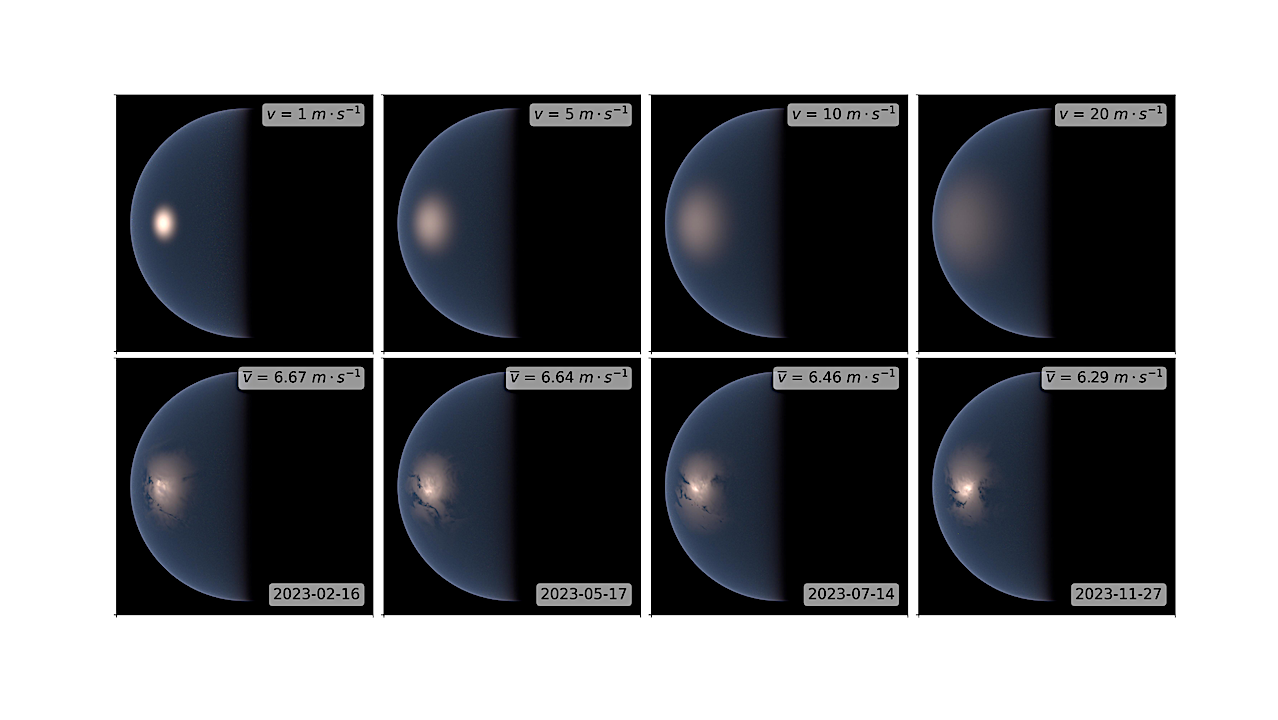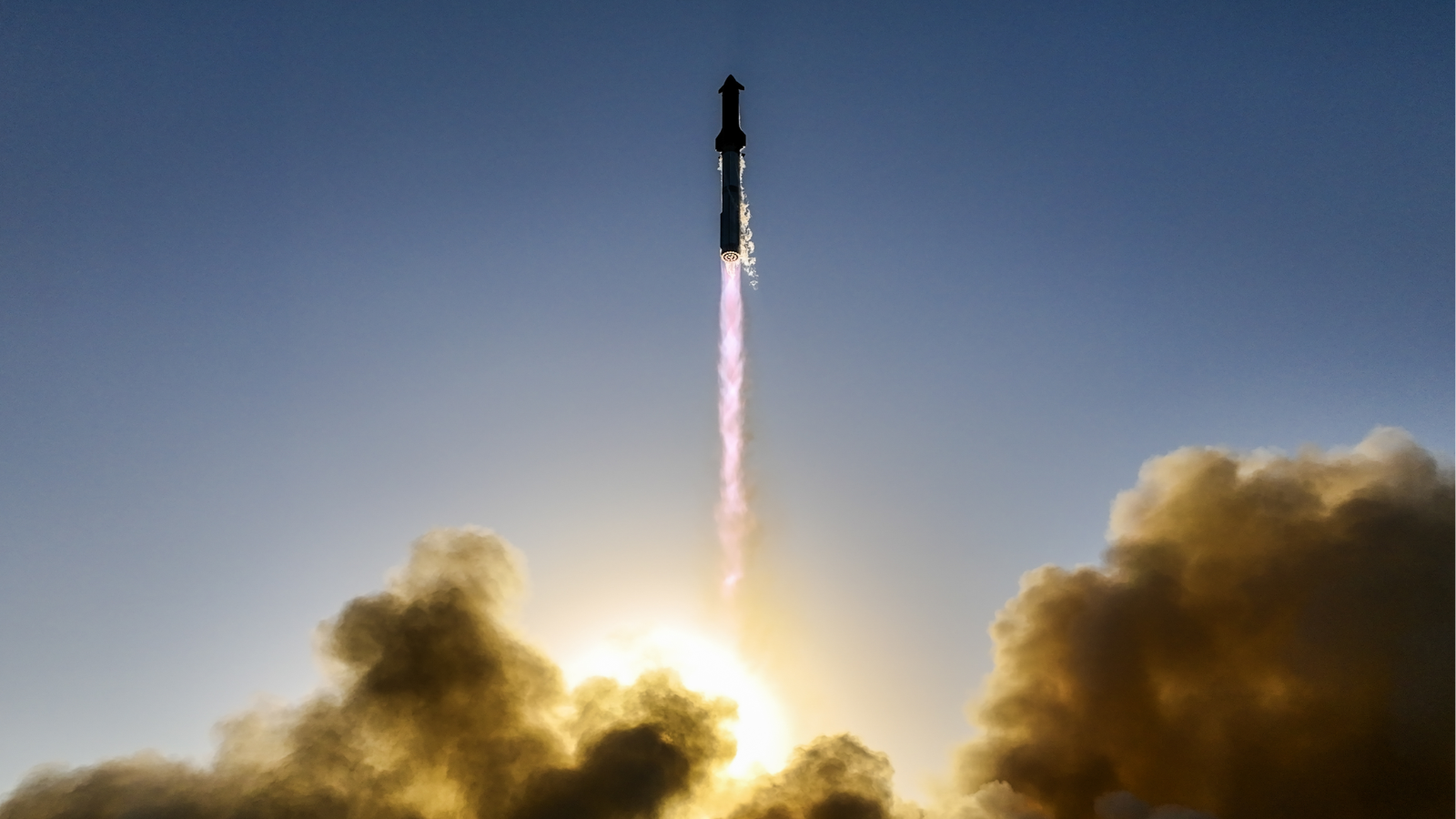Contribution function for the evening and morning limb spectrum. (A) shows the contribution function as a function of pressure and wavelength from the best-fit 1.5D retrieval model for the evening
Hot Posts78- Page
Curiosity Navigation Curiosity Home Mission Overview Where is Curiosity? Mission Updates Science Overview Instruments Highlights Exploration Goals News and Features Multimedia Curiosity Raw Images Images Videos Audio Mosaics More Resources
Enhance your night photography by pairing up one of the best cameras for photos and videos with one of the best wide-angle lenses. Alternatively, you may find what you’re looking
The architectures of the systems with both small planets and cold Jupiters considered in this work and ordered according to increasing semi-major axis of the innermost planet (from bottom to
MUSE and NIRCam images of d203-504 environment. Left: MUSE NFM composite image of both d203-506 (bottom left) and d203-504 (top). Red: the (λ8727˚A) map showing disk contributions from both
An international team of astronomers said on June 4, 2025, that they’ve found a giant planet around a tiny star. The discovery challenges theories of planet formation. Image via University
A SpaceX Falcon 9 rocket lifts off from Launch Complex 39A to begin the Crew-10 mission. Image: Adam Bernstein/Spaceflight Now Update March 14, 8:30 p.m. EDT: Dragon Endurance is making
True colour image of a cloud-free Ocean planet at α = 90◦with different surface wind speed maps. In the first row, we use a constant wind speed and notice the
SpaceX still has some boxes to tick before it can launch the ninth test flight of its Starship megarocket. On Friday (May 15), the U.S. Federal Aviation Administration (FAA) announced
The Pacific Ocean As Seen From Space — NASA Call for Applicants The NASA Astrobiology Program is hosting a Mission Ideation Factory focused on the search for life on Ocean
-
 012024 in Review: Highlights from NASA in Silicon Valley
012024 in Review: Highlights from NASA in Silicon Valley -
 02Panasonic Leica Summilux DG 15mm f/1.7 ASPH review
02Panasonic Leica Summilux DG 15mm f/1.7 ASPH review -
 03From Polymerization-Enabled Folding and Assembly to Chemical Evolution: Key Processes for Emergence of Functional Polymers in the Origin of Life
03From Polymerization-Enabled Folding and Assembly to Chemical Evolution: Key Processes for Emergence of Functional Polymers in the Origin of Life -
 04How New NASA, India Earth Satellite NISAR Will See Earth
04How New NASA, India Earth Satellite NISAR Will See Earth -
 05And Thus Begins A New Year For Life On Earth
05And Thus Begins A New Year For Life On Earth -
 06Astronomy Activation Ambassadors: A New Era
06Astronomy Activation Ambassadors: A New Era -
07SpaceX launch surge helps set new global launch record in 2024


